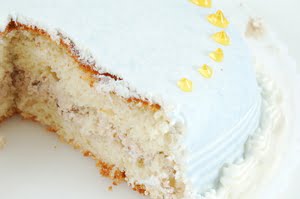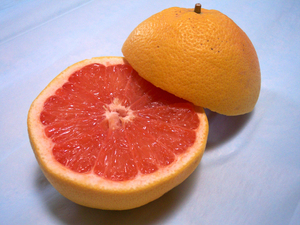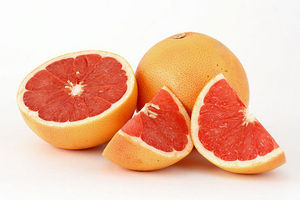Making your own skin cream is not difficult or time-consuming. Besides saving you money over expensive (and over-hyped) department store skin creams, homemade skin creams can be far superior, both in quality and effectiveness, to anything bought over-the-counter. Furthermore, the ingredients that are added are fresh, all natural, and can be varied depending on your skin type.
The basic “au naturel” skin cream consists of the following four ingredients: blended oils, beeswax, coconut/cocoa butter, and grapefruit seed extract. Blended oils hydrate and nourish skin that has been stripped of its natural oils by washing, and by detergents such as sodium dodecyl sulfate (SDS) and sodium lauryl sulfate (SLS). Beeswax forms a protective coating against the elements, such as sun and wind. Coconut or cocoa butter is a more viscous, solid, substance, and provides the base for the cream itself. Grapefruit seed extract is a natural antibiotic, preserving the cream against molds and other hungry life forms.
There is great variety in the oils that are used to make up face creams. In order to find out which oils work best for your skin type, I recommend going to a local health food store and trying out small samples of the oils on your skin. Ideally, the oil should “take” and be absorbed by your skin without leaving too much greasy residue. Dry skin types will generally prefer the following oils: avocado oil (also good for sensitive and older skin), sesame oil (a natural sunscreen), peanut oil, and Shea butter (natural sunscreen). Oily skin types will prefer the following oils: jojoba oil (actually a liquid wax, and less greasy than most oils), and grapeseed oil (a dry oil). Wheat germ oil is high in many vitamins and minerals, and so is recommended for all skin types.
Though optional, queen bee’s royal jelly and essential oils may also be added into the cream. Royal jelly has antibiotic and anti-inflammatory properties, and is packed with rare vitamins and minerals that may promote revitalization and longevity, not only for the queen bee, but also for your skin . Essentials oils are fragrance oils from plants such as rose, lavender, etc. They can be added simply to scent the cream.
Once you have collected your ingredients, you may combine them using the following recipe:
2.5 oz oil or blended oils
1.5 oz coconut/cocoa butter
0.5 oz beeswax
4 oz. distilled/purified water
30 drops grapefruit seed extract
0.5 oz royal jelly (optional)
4-5 drops essential oil or oils (optional, and can be altered for a stronger/weaker scent)
You will also need a double-boiler, and either a hand or electric mixer.
To preserve your cream as long as possible, cleanliness is vital during the actual preparation of the product. Therefore, before any actual ingredient mixing is to take place, pre-wash and dry all your utensils, especially the metal components of your mixer. This is also the reason why distilled/filtered water is recommended in the recipe, as opposed to regular (and possibly bacteria-infested) water.
Now that everything is clean, place a pot of water on the stove and heat until the water is almost boiling. Then, place another pot or dish on the water, being careful to not let any of the hot water into this second pot. When all this is set up, combine the blended oils and beeswax in the “double boiler”, allowing the ingredients to melt while stirring occasionally (about 10-15 minutes). Remove the melted oils and beeswax from the double boiler and slowly add in the distilled/purified water. Mix with a hand or electric mixer until the water is completely distributed throughout the cream. Making sure the cream is completely cooled, now stir in the grapefruit seed extract, royal jelly, and essential oils. Be careful to not add more essential oil than necessary, as this will make the cream go rancid. This recipe makes about 8 ounces of cream, and takes approximately 25 minutes.
The cream should be stored in glass/plastic jars with screw top lids, and should keep for at least 4 months. If you see any kind of mold/bacteria thriving on it, though, throw it out. Obviously, the cream is very nourishing, not only for your skin, but for other critters as well.



